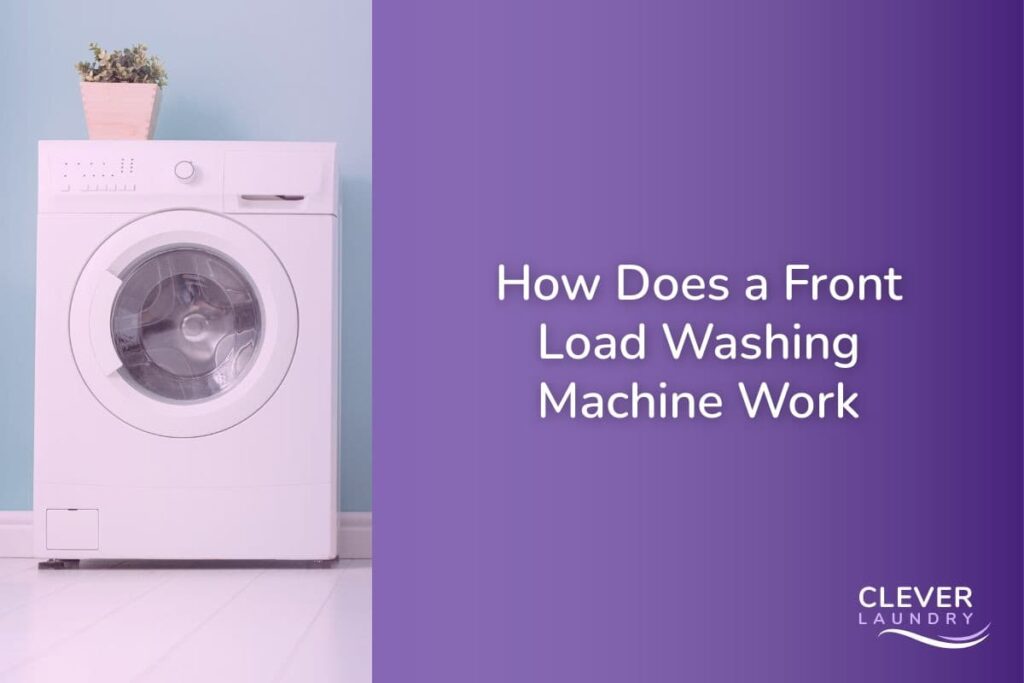A front load washing machine is a modern and efficient appliance that has become increasingly popular in recent years. Unlike top load washers, front load washers use less water, energy, and detergent to clean clothes. But how does a front load washing machine actually work?
At its core, a front load washing machine operates through a combination of spinning, tumbling, and water flow. The machine is designed with a drum that rotates horizontally and is filled with water and detergent. As the drum spins, the clothes are lifted and dropped in the water, causing them to rub against each other and remove dirt and stains.
One of the key advantages of a front load washer is that it uses gravity to help distribute the clothes evenly, which reduces wear and tear on the fabric. Additionally, the front load design allows for higher spin speeds, which means that clothes come out of the washer with less water and require less time in the dryer. Overall, understanding how a front load washing machine works can help you make an informed decision when it comes to choosing the right washer for your home.
How a Front Load Washing Machine Works
The Drum and Agitator
Front load washing machines work by using a horizontal drum that rotates on a central axis. The drum is perforated, allowing water and detergent to enter and exit. Unlike top load washing machines, front load washing machines do not have a central agitator. Instead, they use paddles or impellers attached to the sides of the drum to move clothes around.
The Cleaning Process
When the washing machine is turned on, water and detergent are added to the drum. The drum then rotates, allowing the clothes to move around and come into contact with the water and detergent. The paddles or impellers help to agitate the clothes, loosening dirt and grime. Once the cleaning cycle is complete, the washing machine drains the dirty water and adds fresh water for the rinse cycle. The drum continues to rotate, allowing the clothes to be rinsed thoroughly.
Advantages of Front Load Washing Machines
Front load washing machines are known for being efficient and gentle on clothes. They use less water and energy than top load washing machines, making them more environmentally friendly and cost-effective. They also have larger capacities, allowing for larger loads of laundry to be washed at once. Front load washing machines are also quieter and create less vibration than top load washing machines.
Disadvantages of Front Load Washing Machines
One of the main disadvantages of front load washing machines is that they can develop odors and mold if not properly maintained. The drum and gasket can hold onto moisture, creating a breeding ground for bacteria. It is important to clean the drum and gasket regularly to prevent this from happening. Additionally, front load washing machines can be more expensive to purchase initially than top load washing machines.
History of Front Load Washing Machines
Front load washing machines were first introduced in Europe in the late 1950s. They became popular in Europe due to their efficiency and smaller size. In the United States, front load washing machines did not become popular until the 1990s. Whirlpool, Maytag, and Samsung are some of the top manufacturers of front load washing machines today.
In conclusion, front load washing machines use a horizontal drum and paddles or impellers to clean clothes efficiently and gently. They offer advantages such as energy and water efficiency, larger capacities, and quieter operation. However, they also have disadvantages such as the potential for odors and mold if not properly maintained. Overall, front load washing machines have become a popular choice for consumers looking for an efficient and effective way to do their laundry.

